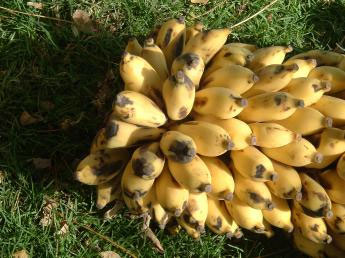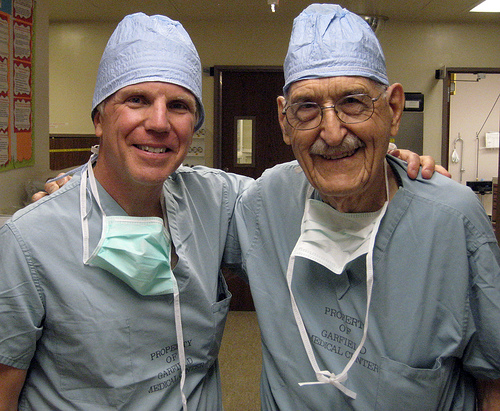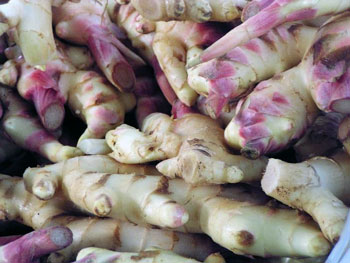Maple Syrup
Pure maple syrup was once a staple of the American kitchen until convenience caused us to replace this wholesome sweetener with refined sugars void of any nutrition. Nutrients are absorbed best in the form of foods because they are diluted and dispersed among other ingredients that may better facilitate their absorption.
This makes the vitamins and minerals more easily assimilated in the body. Pure maple syrup is composed of balanced sugars, minerals, vitamins and amino acids which makes it unique from other sweeteners.
The majority of the minerals making up pure maple syrup are potassium, calcium, magnesium, and manganese. Minerals provide both specific and nonspecific roles in the body. Potassium plays a major role in maintaining cell integrity and is also critical in keeping the heartbeat steady. Calcium owns the distinction of being the most abundant mineral in the body. When there is a deficiency of calcium in the body, the bones will be the first to lose this vital mineral. Magnesium is critical to the operation of hundreds of enzymes. Magnesium acts in all the cells of the soft tissues, where it forms part of protein-making machinery and is necessary for the release of energy. Magnesium helps relax muscles after contraction and promotes resistance to tooth decay by holding calcium in tooth enamel. Only 20 milligrams of manganese is present in the human body. Studies suggest that manganese cooperates with many enzymes, helping to facilitate dozens of different metabolic processes.
The vitamins present in pure maple syrup are PP (Niacin), B5 (Pantothenic Acid), B2 (Riboflavin), Folic Acid, B6 (Pyridoxine), Biotin, and Vitamin A. Vitamins are essential, organic nutrients that serve as helpers in cell functions. Niacin participates in the energy metabolism of every body cell. Niacin is unique among the B vitamins in that the body can make it from protein. Two other B vitamins-pantothenic acid and biotin-are also important in energy metabolism. Pantothenic acid was first recognized as a substance that stimulates growth. It is a component of a key enzyme that makes possible the release of energy from the energy nutrients. Riboflavin also facilitates energy production in the body. Vitamin B6 has long been known to play roles in protein and amino acid metabolism. In the cells, vitamin B6 helps to convert one kind of amino acid, which the cells have in abundance, to another, which they need in larger amounts. Vitamin A is a versatile vitamin, playing diverse roles in vision, mantnance of body linings and skin, and immune defenses.
Maple syrup not only contains trace amounts of these vitamin and minerals, but also amino acids which are the building blocks of protein. Doesn’t it make sense to use a sweetener which has so much more to offer than just a wonderfully rich, robust full of flavor taste?


The maple syrup sold in regular supermarkets is composed of corn syrup with 20% maple syrup sugar, artificial flavor and color and two preservatives. You can taste the difference. To make pure maple syrup, an average of 40 gallons of clear, barely sweet sap are boiled down to produce one gallon of syrup.
Various techniques have been used to speed up or increase the collection of sap. Paraformaldehyde pellets may be inserted into the tap holes to kill germs and prevent sap from clotting and clogging the holes. Some residues of this poison may be present in the maple syrup and the treatment may also shorten the lifespan of the trees. Another potential hazard in maple syrup is excess lead concentration. Maple sap collectors often use metal pans and buckets whose seams and patches are soldered with lead. The syrup can also pick up lead from the seams of metal containers used for storage and packaging. If the syrup is sold in glass bottles, the risk will be minimized. When shopping for pure maple syrup, be a conscientious consumer.
Maple syrup has many uses outside the breakfast table. Try substituting pure maple syrup in recipes calling for sugar or another sweetener. Use 34 cup of pure maple syrup in place of each cup of sugar and reduce the liquids in the recipe by three tablespoons. It’s also delicious used in coffee, tea and cereal.
Small substitutions such as these are a good way to incorporate a little more nutrition into the foods we prepare. After all, if we are to take control of our own health we need to upgrade the choices we make in eating.
References:
Cataldo, De Bruyne, Whitney. Nutrition and Diet Therapy, 1995 by West Publishing Company, New York
Hamilton, Whitney, Sizer. Nutrition-Concepts & Controversies, 1988 by West Publishing Company, St. Paul
Meredith Mc Carty Sweet and Natural, Feb. 1999 by St. Martin ‘s Press
Source: Curezone





